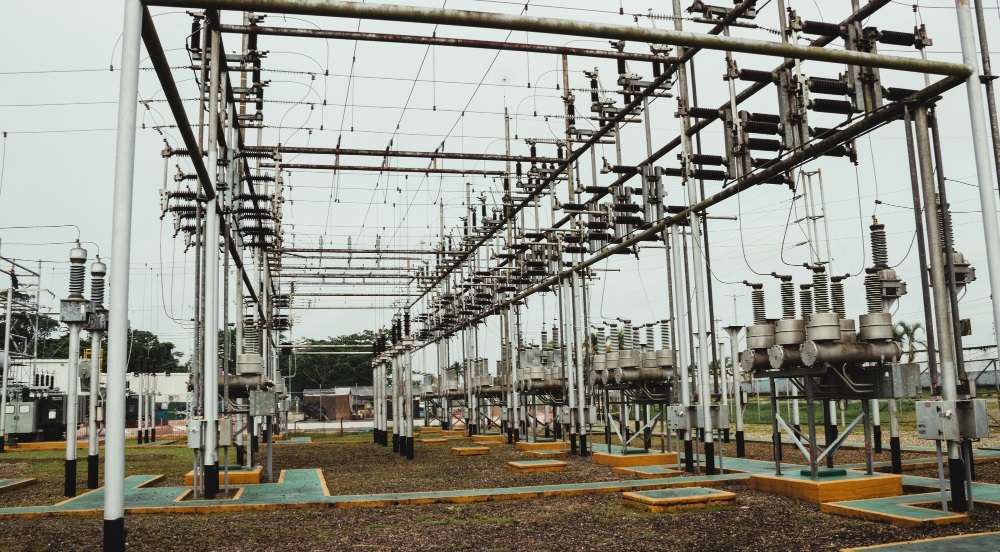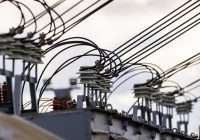Electricity is an essential part of daily life. But have you ever wondered how power from a plant reaches your home or office safely? Distribution transformers make this possible! These components adjust voltage levels, ensuring efficient and safe electricity use. Let’s explore the different types of distribution transformers and their roles in Indonesia’s power system.
What Is a Distribution Transformer?
A distribution transformer lowers voltage from transmission lines to a usable level for homes, offices, and industries. Think of it as a “bridge” between high-voltage power and everyday electricity needs.
Imagine electricity as a powerful river flowing from the mountains. Without control, the current could be too strong and dangerous. A distribution transformer acts like a dam, regulating the flow to keep it stable and safe.
Types of Distribution Transformers and Their Functions
Here are the most common types of distribution transformers used in Indonesia’s transformer industry:
1. Based on Cooling Method
- Dry-Type Transformer
This transformer uses air for cooling, making it safer and more environmentally friendly. It is widely used in buildings, shopping malls, and hospitals due to its low risk of oil leakage. Its main advantages are easy maintenance and resistance to humidity.
- Oil-Immersed Transformer
Oil dissipates heat in this transformer, keeping it efficient. It performs well in outdoor installations and high-load areas. Industries and main distribution networks prefer this transformer for its large capacity.
2. Based on Phase
- Single-Phase Transformer
With one primary and one secondary winding, this transformer is perfect for homes and small businesses. It is simple, cost-effective, and ideal for areas with low power demand.
- Three-Phase Transformer
With three primary and three secondary windings, this transformer is commonly used in industries and large businesses. A three-phase system efficiently supplies power to heavy machinery that requires high energy.
3. Based on Voltage Level
- Medium-Voltage Transformer
Operating between 6 kV and 36 kV, this transformer distributes electricity to factories and industrial zones.
- Low-Voltage Transformer
Residential and commercial areas typically use transformers with an output voltage of 220V to 400V, making them suitable for daily electricity consumption.
Why Choosing the Right Distribution Transformer Matters
Choosing the right power transformer improves efficiency and ensures safe power distribution. Making the wrong choice increases energy waste, causes operational disruptions, and raises fire risks. Consider these key factors before purchasing a transformer:
Key Factors in Choosing a Distribution Transformer
- Power capacity – Ensure the transformer can handle the required electrical load. An undersized transformer may cause overloading, while an oversized one can lead to inefficiencies.
- Cooling method – Use dry-type transformers for indoor applications as they are safer and low-maintenance. Oil-immersed transformers are better for high-power outdoor installations due to superior cooling efficiency.
- Energy efficiency – Choose a transformer with high efficiency to reduce power loss and operational costs. This helps save energy while maintaining a stable electrical system.
Distribution transformers support daily life by providing a stable and efficient electricity supply. Oil-immersed and dry-type transformers, along with single-phase and three-phase systems, deliver unique benefits. Choosing the right transformer improves safety and maximizes power distribution.
If you need high-quality power transformers in Indonesia, Bambang Djaja is the best choice! With years of experience, Bambang Djaja provides reliable and efficient power transformers for industrial and commercial needs. Contact us today to ensure your power system remains stable and secure!







